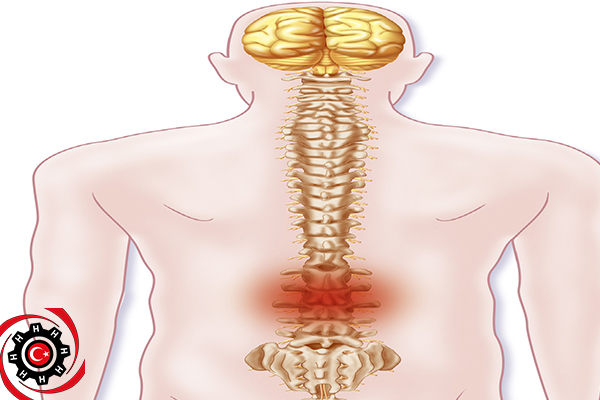Bone marrow transplant:
It is the replacement of infected bone marrow tissues present in the body. These tissues are usually infected and damaged due to cancer (for example, leukemia or what is known as leukemia) or due to other diseases affecting the bone marrow cells.
The bone marrow consists of cells. These cells are responsible for the process of classifying blood cells of different types (which are known as stem cells).
Bone marrow is tissue that contains fat cells as well as a specific fluid. It is found in the inner section of most of the bones of the body.
bone marrow transplant, in the majority of cases, In order to treat problems with the production and classification of blood cells, A definitive treatment for leukemia of all kinds (such as: ALL, AML),
aplastic anemia,
Low platelet count (Thrombocytopenia) caused by many platelet diseases, Various genetic diseases such as thalassemia, multiple myeloma and others.
A bone marrow transplant allows the body to rebuild its own store of blood cells. proper production of blood cells, and balancing cell levels in the blood.
in many cases, A bone marrow transplant is the only way to completely cure these diseases.
This process is carried out by transferring stem cells from the patient himself (autologous bone marrow transplantation from healthy cells that have been preserved), or from a matched donor according to tissue match.
Prepare for the operation:
A bone marrow transplant requires a suitable donor in terms of tissue matching.
Tissue match is checked with a simple blood test.
The people who are examined are usually close relatives of the patient. Or donors registered in the bone marrow donor registry.
There are additional examinations that must be performed before the transplant, They include: taking a sample of the patient’s bone marrow, blood tests such as a complete blood count, blood chemistry test, and coagulation tests.
In addition to liver and kidney performance checks, urine test, And checks to ensure that there are no contaminations in the body from these checks: Blood and urine culture.
In order to purify the body from infected stem cells, A preparatory treatment must be carried out before transplantation.
It is a ten-day treatment. During which the patient is given strong preparatory chemotherapy by intravenous injection, in addition to radiotherapy if necessary.
The patient is also given fluids. These treatments are relatively difficult. The patient must arrive at the time of the operation while he is in a healthy condition that allows him to do so.
process:
If the bone marrow transplant was not from the patient himself, rather than a benefactor, Stem cells are taken from the donor before the transplant.
The cells are taken directly from the bone cavity, With a special needle (similar to the needle used to examine bone marrow), Or by giving preparatory injections and taking cells from the blood.
Bone marrow transplant is done by inserting new stem cells into the patient’s body through an intravenous catheter.
A day or two after the end of the preparatory chemotherapy.
It takes a quarter of an hour to transfer the cells into the patient’s blood through an intravenous catheter. No need for local or general anesthesia.
Operation risks:
Intravenous catheter insertion infection This contamination is often superficial and is treated locally.
But in some rare cases, It may lead to more severe infection in the layers of the skin or in the blood vessels (phlebitis).
Bleeding Bleeding occurs mainly in the area where the intravenous catheter is inserted as a result of local tissue damage.
often a small hemorrhage under the skin, It quickly fades within a few days.
Rejection of the transplanted marrow to the body (myelosuppression of the host body) Here, the transplanted cells stage an acute immune reaction against the body’s cells. but today, Many medications can be given to the patient in order to prevent this phenomenon from occurring.
Postoperative treatment:
After a bone marrow transplant, the patient stays in the hospital under observation until he recovers and restores his immune system.
In the first days after the operation, the patient often feels very tired, loss of appetite, nausea, and even the need to vomit, in addition to some symptoms resulting from the preparatory chemotherapy that preceded the operation, which causes a large number of side effects.
The patient is given medications in order to reduce the activity of his immune system, Immediately after the transplant, in order to reduce the chances of rejection of the transplanted marrow.
These drugs are given to the patient for a long time, in some cases for life, and careful monitoring of the patient’s blood tests is required because of the various side effects that these drugs may cause.
The patient can take pain relievers as needed.
Sometimes the patient can be given pain relievers intravenously.
In the following cases, the patient should go to the doctor directly:
sudden rise in temperature,
Low blood pressure, continuous pain despite the use of painkillers.
Shortness of breath, diarrhea, itching, rash or bleeding.


Leave a Reply